INTRODUCTION
There are almost 600 casinos in the United States and several thousand around the world. Every one of them probably has a different interpretation of what a high roller is. It is an interesting and controversial subject that is all relative to each casinos VCL. VCL is one of the many variable factors that can affect the way a casino would view their interpretation of a high roller. In other words, one size doesn’t fit all when evaluating high rollers. Therefore, I think is important to review VCL first and hopefully clear up some of the many misconceptions that are out there about high rollers and casinos.
Do you know your casino’s VCL? VCL stands for “Volatility Comfort Level”. For that matter, do you know what your own personal Volatility Comfort Level is? For example, if you went to a Roulette Table with a $1,000 bankroll, would you be comfortable betting $1000 or 1000 Pounds Sterling straight up on a number that pays 35 to 1 odds? This represents high risk but high potential reward as well as a high VCL. Or, on the other hand, would you be more comfortable betting only $10 on Black or Red which is an even money bet with minimal risk but also minimal potential reward or low VCL.
Simply stated, the player’s need for risk-oriented betting parameters and the casino’s tolerance for risk in relation to potential reward is what VCL is all about for both the player and the casino. It is one of the subtle influencing factors that can have a dramatic effect upon a player’s real or perceived value in a casino. It can also be a competitive factor as casinos use betting limits as a means to attract and compete for players. In terms of bottom line it can dramatically influence the casino’s profitability as well over the short and mid-term thereby potentially affecting cash flow, and stock prices. From purely a selfish point of view issues directly or indirectly related to volatility can affect the job security for the casino executives having to make these day-to-day decisions.
For a certain level of player – the serious player with larger bankrolls – without proactively addressing volatility issues it will be very difficult for a casino to create value for its customers as well as being competitive with other casinos. From a casino owner’s point of view, causal elements of volatility need to be evaluated very carefully as well since the consequences can be catastrophic when volatility works against the casino. High rollers can wipe out an entire quarter or more of profits very quickly in some casinos.
If you work in the casino industry today and you cater to high rollers, you need to understand as much as possible about Volatility Comfort Levels (VCL) for many reasons. First, your boss may ask you about a big player and whether or not to book their action. Second, you really do want to have some comfort level that you are making the right decision when it comes to betting limits or risk which we all know can be extremely
volatile. In addition, many high-rollers will ask for things in advance such as pre-paying their airfare or chartering a private jet or helicopter to fly them in to play at your casino.
Therefore you need to understand how statistics can be of great help to you in establishing a risk-reward strategy with your players that align with owner/company goals, i.e., knowing your probability of beating a particular player for a certain amount of money to cover your expenses and also make a reasonable profit for your casino under various bet, bankroll, and other player conditions.
UNDERSTANDING THE BASICS THAT DETERMINE VOLATILITY
If you or your staff is not statistically inclined, it is not uncommon for even the largest casinos to have outside mathematical and statistical experts assist them in subjects like this. There are also programs available that will compute this for you. All you need to do is plug in the game, the time period, their average bet, the house advantage for that game and number of hours to be played.
For example let’s examine the volatility associated with the player pattern of three different players playing Blackjack each of whom have the potential to generate$50,000 Theoretical Win for the casino. “Player A” plays $5,000 a hand for 20 hours, “Player B” plays $10,000 a hand for 10 hours, and “Player C” plays $20,000 a hand for 5 hours. If a casino only catered to these three types of players then over a long period of time and involving a large number of players ultimately the statistics associated with a large number of events would make each player equally valuable. But, over short to medium periods of time the outcomes can vary greatly because of volatility thereby presenting different amounts of risk for the house.

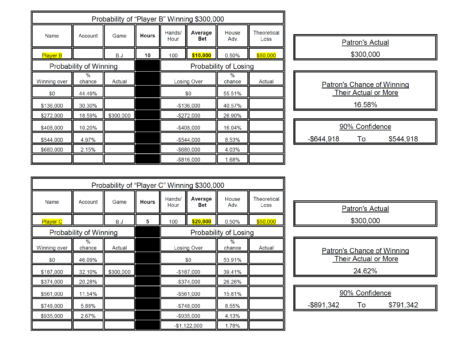
The results of this experiment show that “Player C” has the potential to win or lose more money than “Player A” creating a more volatile situation for the casino. While “Player C” has the same profitability as “Player A”, the casino needs to take into account the added exposure to short term losses created by more volatile action.
The following chart shows the risks of losing money to a high roller or high action player. The situation is a player that wagers one hand of blackjack at $25,000 per hand for 10 hours of play. What is the patron’s chance of winning for the trip? What are his chances of winning one million dollars? These are questions managers should know before accepting this type of high roller or high action play.

Under these conditions, the casino has a 10.6% chance of losing over $1,000,000 to this patron for the trip. This represents the casino’s VCL.
As you can see, table limits – both minimum and maximum – either posted on the table or negotiated one-on-one with the better and higher betting players provides management the tools needed to control volatility and manage it in a manner that maximizes profitability relative to their company’s risk tolerance.
The formulas used to produce the output from these charts assume a normal probability distribution of expected results associated with the standard deviation derived from each style of play, i.e., bet size pattern. The term 90% confidence is used to give a reasonable expectation of a player’s winning or losing and is meant to say in layperson’s terms that the outcome will fall within the range shown 90% of the time. Put another way, under a 90% confidence level, in 10% of such betting situations the outcome will fall outside the range shown, lower or higher.
Different confidence levels can be used based upon a management’s tolerance for outcomes that might (and eventually will) fall outside the confidence range. Management can specify any confidence level between 1 percent and 99 percent Most, however, do not develop policy built around a confidence level of less than 90% but some will use a 95% or 99% confidence level when the companies have less tolerance for outcomes outside the range.
MANAGEMENT IMPLICATIONS
With all of the recent consolidations and changes in the casino industry, VCL issues associated with high average bet play will become an increasingly important subject in the future so I think it is worth discussing.
It will be very interesting to watch and observe how some of the giants of the industry will make future decisions based upon VCL. For example, Harrahs which is known for a
relatively low or conservative VCL acquired Caesars Palace several years ago which was known for having a very high VCL. Harrah’s did not change Caesars Palace VCL policy and, in fact, now has some of the highest betting limits in Las Vegas.
This is similar to Circus Circus when they built the Mandalay Bay Casino. Circus Circus is basically a grind casino with a very low VCL and the Mandalay Bay Casino is higher end operation with a fairly high VCL. However, MGM Mirage Corporation acquired Mandalay Bay and Circus Circus. This means that we now have two of the giants of the industry with properties within their company groups with diametrically opposed VCL’s. The big question is what will happen next?
Even though Harrah’s kept and increased Caesar’s VCL policy, Harrah’s was taken private taking on huge debt just when the Financial Crises hit. Harrah’s, like many other companies, bottom line was impacted by both forcing the company to cut costs and find ways to improve cash flow. Under these conditions will Harrahs continue to operate Caesars Palace with a very high VCL? Their options are to downgrade their VCL for the property but by doing so they would denigrate the Caesars Palace brand and cache for being a high-roller property. Another option would be to spin off Caesars Palace and sell the property and thereby keep the Harrahs corporate VCL consistent throughout the company. This would surely simplify various marketing programs as well as yield some cost saving efficiencies to their marketing efforts. The same could be true for MGM who will also have to decide what to do with grind properties such as Circus Circus. Companies that offer corporate Players Club cards such as Harrahs, MGM, etc. will face new problems, challenges and expenses as their customers try to figure out where they receive the best “value” from their membership.
Volatility Comfort Level (VCL) has also played a big role in operations that are basically run by aggressive individual leaders such as Steve Wynn, Sheldon Adelson or Benny Binion. Steve Wynn has always been known for having a very high VCL which can be seen today at his new Wynn Casino where the table maximums are all $10,000 or higher. Benny Binion took a different approach using VCL. His marketing strategy to attract high-rollers to a non-high-roller property was through the use of an aggressive VCL policy of accepting an individual’s first bet as his maximum bet. The Riviera in Las Vegas is now adapting the same strategy. However, nobody knows what the effect on the casino would be if a high roller now decides to play there and wins US $5 million, $10 million or more dollars in one visit. High risk, high reward is also quite synonymous with many of the casinos in London. Most of these casinos are small with 15 or fewer table games. In addition, British gaming regulations are quite restrictive and prohibit the casinos from advertising gaming per se. Therefore, many of the London casinos have accepted a very high Volatility Comfort Level (VCL) with the hope of attracting more high-roller play to their tables. They understand the volatility and accept it as a consequence of high risk, high reward. They also understand that a casino needs substantial volumes of high rollers to negate or mitigate the risk of anyone player beating them for several million dollars or Pounds Sterling during any one month.
Some of the highest betting in the world takes place in the VIP rooms in Macau where you can bet up to $250,000 a hand at Baccarat. The Marina Bay Sands in Singapore accepts bets up to SGD 1 million per hand from certain individuals. However, there is one big difference that I think is worth mentioning. Baccarat is the dominant game and it allows the player to bet on both sides of the outcome of the hand, i.e., whether the Player or Banker will win. The casino takes its advantage based upon the statistical advantage of each bet and a commission. If all of the players were to bet on either the Player or the Banker this would create a huge average bet on one side of the outcome. To allow the players to bet the way they want but to reduce the volatility of such a situation, most of the VIP Room operators in Macau all use a Table Differential to lower or control their VCL and still allow customers to wager much higher amounts of money. A table differential is the amount that the casino will set as the difference between what is bet on Banker and what is bet on Player at the same table. Therefore, a $100,000 Table Differential is the Volatility Comfort Level (VCL) of that particular operator. In other words, they are willing to accept up to $100,000 worth of risk on every hand wagered even if the actual betting is much higher. For example, you could have two players playing against each other on the same table with one betting $500,000 on the Banker which would be perfectly acceptable as long as the other player did not bet more than $600,000 on the Player. The VCL or differential for the table is $100,000 per hand.
Cruise ships used to always have very low VCL’s until Star Cruises owned by Genting in Malaysia started to operate high level shipboard casinos offering land based casino betting limits. This set a new trend for VCL’s for casinos on cruise ships and you can now find gaming cruises or sea-going gaming junkets and high rollers on board Star Cruises, Norwegian Cruise Lines, Royal Caribbean Cruise Lines, Carnival Cruise Lines, etc. The cruise ship industry now aggressively solicits high rollers but controls their VCL through their betting limits. As an industry we have also witnessed other VCL changes in both table games and in Slots. For example, table games such as Caribbean Stud Poker actually reduce a casino operator’s VCL since the game basically accrues money from other players on the game and then pays it out for the big winning hands. Customers like these games because they can get a chance at big payouts for a minimal investment. The accrual therefore lowers the casinos VCL. The same is true for example with IGT’s Megabucks Jackpot Slot Machines. They allow the casino to market huge jackpots with minimal risk thereby lowering the casino’s VCL since the huge jackpot does not get paid out directly from that individual casino but rather from IGT’s accrued jackpot funds.
There are some casino games such as Roulette that allow a player or a high roller to decide their own personal VCL. A player can bet even money bets on the game thereby choosing a very low VCL or they can bet numbers straight up for 35 to 1 odds going after a much higher payout which means they are willing to accept a much higher VCL. The Lottery probably represents the lowest VCL of any gaming entity and the highest VCL for any customer who actually bets on a lottery. Even, Poker, which is red hot right now, has a very low VCL for the casinos since it has no risk. The players are playing against each other and not the casino. The casino takes the “rake” which is a small percentage of the amount wagered which translates into low risk, low reward for the casino.
CONCLUSION
Going back to original question of when is a High Roller actually a High Risk one can now better understand that it is all relative to each casino’s volatility comfort level. Do you know your casino’s VCL? Good luck.
Contact me if you want to receive a free download of a good Volatility analyzer. Please include your name, position, casino and all contact information.

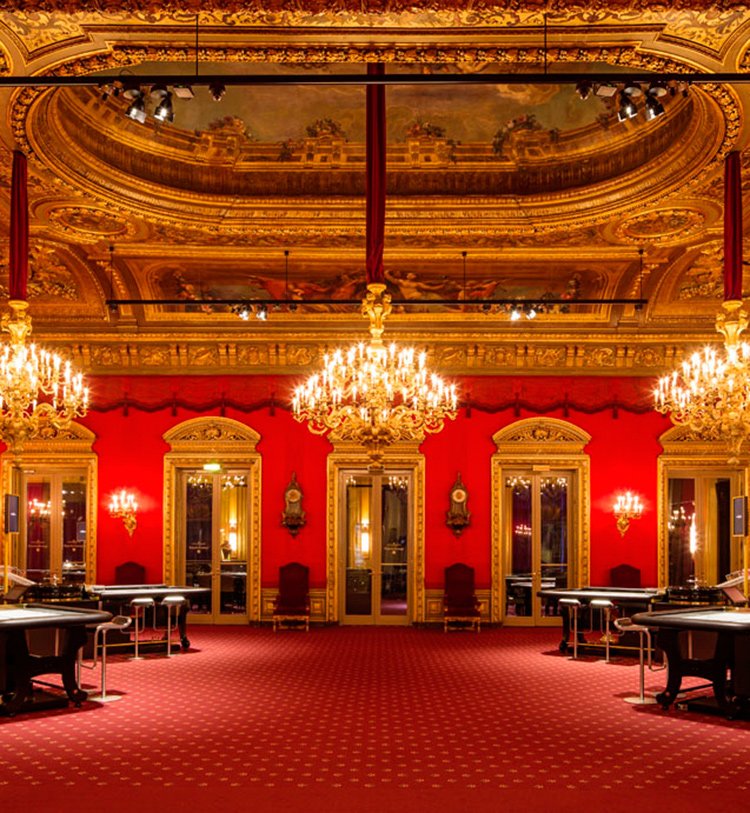


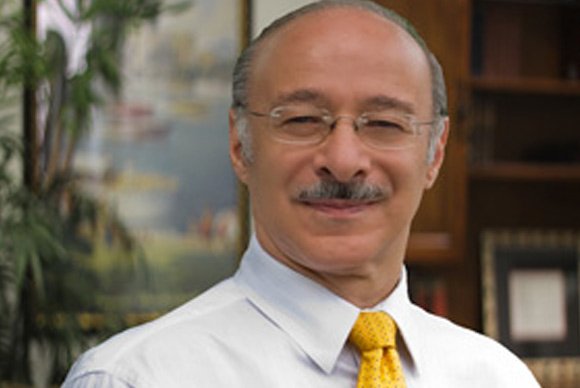
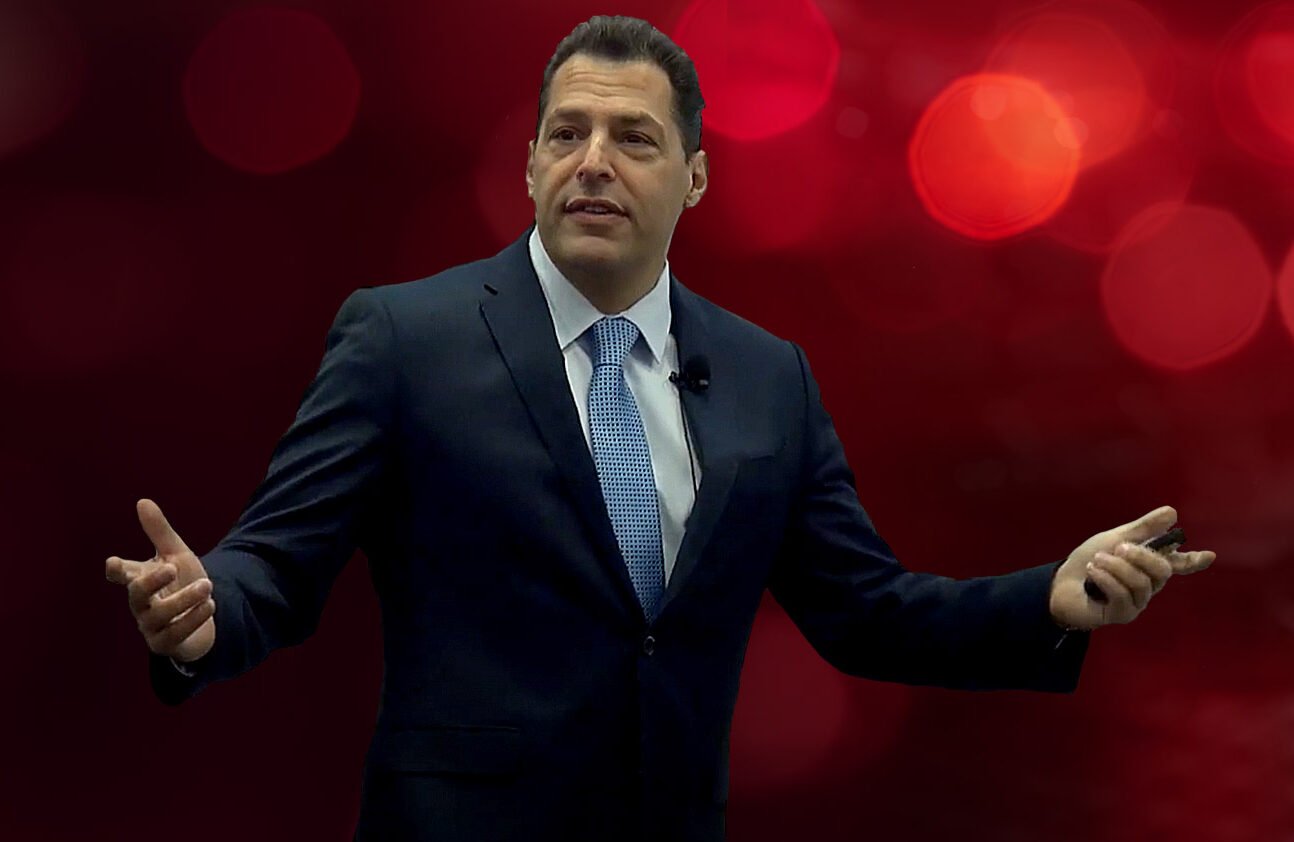




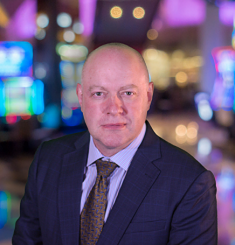


3 responses on "When is a High Roller Actually High Risk?"
stromectol köpa If you need a source of aromasin, you can order it from ag guys
How does PCOS affect weight and metabolism purchase ivermectin for humans
Cedrick geFIUizQQp 6 16 2022 cialis coupons